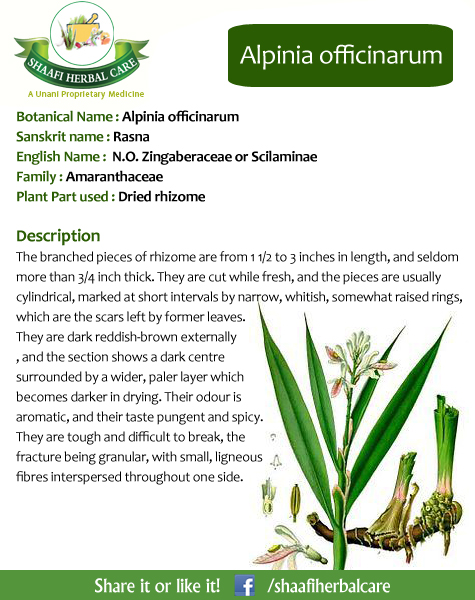
There are three varieties of galangal- Greater Galangal, Lesser Galangal and Kaempferia
Galangal. Different galangal varieties vary in their hotness and flavor. Flavor ranges from
flowery to ginger-like to peppery cinnamon. Greater Galangal has an orange-brown skin
with pale yellow or white interior. Greater galangal can be found in sliced form or powder.
Used as a flavoring throughout Indonesia, Malaysia, and parts of India. Lesser Galangal has
a red-brown interior and fibrous texture. It can be founded as slices or powder. Lesser
galangal comes from China where it is used as a medicinal herb, but it is now grown in
Indonesia and regarded as a spice. It has an aromatic and pungent, peppery and ginger-
like flavor. Kaempferia Galangal has red skin and white interior. Used as a flavoring in
South East Asia.
In addition to being used as a spice in cooking, galangal has been used in Asia and the
Middle East in perfumes, snuffs, aphrodisiacs, and as flavors for condiments (including
vinegar and beer), in teas in Germany and wines in Russia. Like ginger, galangal has been
used for medicinal purposes to treat nausea, flatulence, and dyspepsia.
When ripe, galangal should be ivory white and firm with very little separation between skin
and flesh. Never buy galangal that is wrinkled or shriveled. Store refrigerated uncut and
unwrapped for up to 3 weeks or, peel the root and place it in a jar of sherry and store it
refrigerated for several months. Galangal can be frozen if tightly wrapped in foil. Galangal
can be sliced and used to flavor soups and stews (remove before serving). It can also be
mixed with lemon grass, chilies, shallots and garlic into a paste that can be used to flavor
rice dishes. Galangal can also be mixed into a curry paste for similar purposes.


